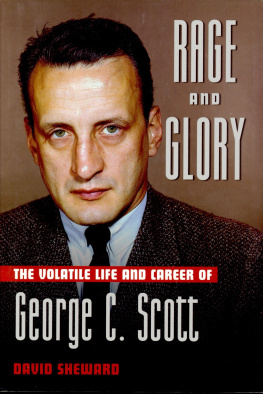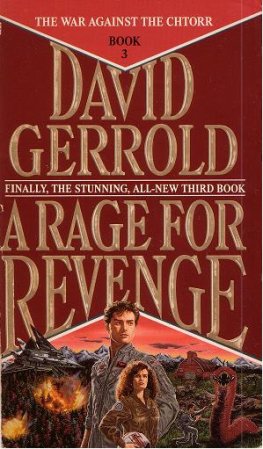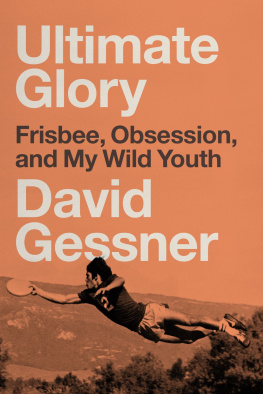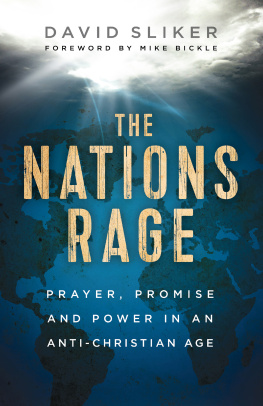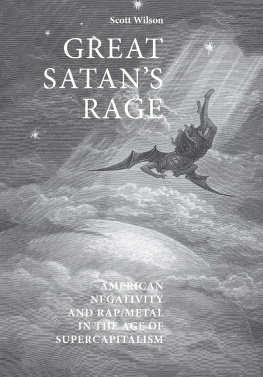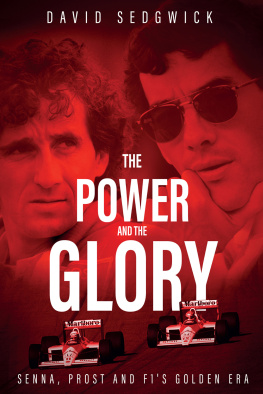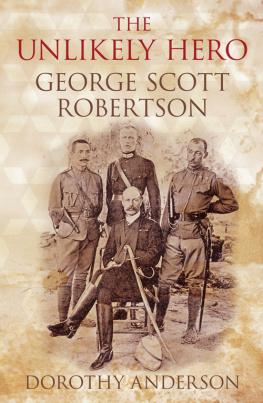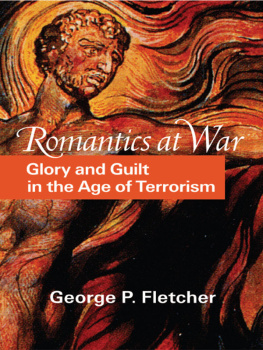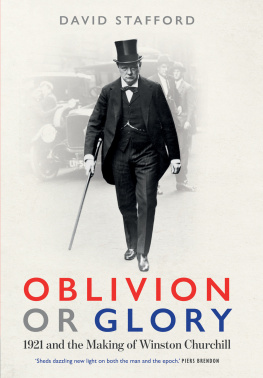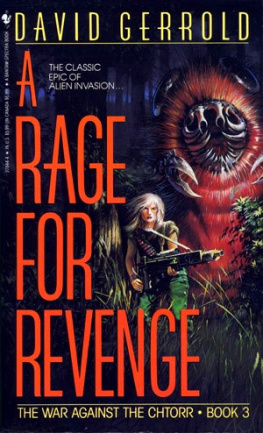THE VOLATILE LIFE AND CAREER OF

DAVID SHEWARD




For Jerry, who gives me everything
THE LIGHTS DIM TO CONCLUDE the evening's performance of Noel Coward's frothy comedy Present Laughter at the Circle in the Square theatre on Broadway. The audience is applauding as the lights come back up. The cast enters to take their curtain calls. The applause swells as the star and director of the show George C.Scott enters. Usually, an actor looks happy when he's receiving the audience's love. But Scott's granite features are fixed in a scowl. The rest of the company can tell he hasn't liked this audience. Maybe they weren't smart enough. Maybe they didn't laugh in the right places. Maybe they unwrapped too many of those little hard candies.
Whenever Scott didn't like an audience, he would refuse to give them a solo curtain call. Instead he would have the entire cast bow with him. He would signal his fellow players to get up from where they were sitting after taking their own calls and joining him center stage, usually muttering under his breath, "I'm not going to bow for these horses' asses."
Tonight Scott enters quickly, begins gesturing for the cast to get up, and moves to his center stage position. The audience-this stupid audience thinks Scott is directing them to rise and give him a standing ovation, which makes him even madder. By the time the company is all in place, the entire audience is on its feet and the star is furious. The cast takes a fast bow and Scott bounds off in a huff.
At the moment of supreme adulation, the actor rejects his public. This defiant gesture, imperceptible to the cheering crowd at the Circle in the Square, was emblematic of Scott's love-hate relationship with his audience and his craft, indeed with the entire world. He craved affection, but wanted it only at his own price. He turned down an Oscar nomination for The Hustler and the award itself for Patton only after he had experienced the crushing disappointment of losing on his first nomination for 1959's Anatomy of a Murder.
He often threatened to quit acting, but never did. He thought it was a crazy way to earn a living, but, as he expressed to a fellow performer after many drinks, he didn't know how to do anything else. There were directing and producing projects (some more successful than others) and a few attempts to return to his college major of journalism (an article for Esquire on Vietnam, an unfinished historical novel). But he always found himself back in front of the camera or onstage.
He took risks on and offstage, twice investing his own money in vehicles for himself and losing his shirt. "Safe actors hold back, experiment not, dare not, change nothing and have no artistic courage," Scott told an interviewer. "I call them walkers. I may stagger a little now and then, but I have never been accused of walking."
He was never accused of being safe, either. He never wanted to repeat himself. The gallery of George C.Scott portrayals is studded with villains, heroes, criminals, con men, gamblers, and, most of all, rebels-the most famous of all being General George S.Patton. The actor and subject shared more than a first name. Patton bucked the military establishment as Scott chafed at the restraints of the Hollywood hierarchy. The general was a brilliant strategist but lacked tact and diplomatic skills. He said what he thought, consequences be damned. The actor was an equally brilliant practitioner of his craft who spoke his opinions regardless of their effect on his career.
William Goldman in his book The Season described Scott as being one of only two actors whom he believed was actually capable of coming down off the stage or screen and killing him. The other was Burt Lancaster, but Goldman theorized that Lancaster would murder him with charm, whereas Scott would just bludgeon him. With the possible exceptions of Robert Duvall, Robert De Niro, and Al Pacino, there are no star-level actors today who could pass such a killer-instinct test-and certainly none in the up-and-coming generation.
Scott carried an air of authority and power with him. The critic Harold Clurman wrote of him, "He is always vivid, never less than arresting. He is one of the few American actors who create the impression of a mature manliness: most others strike me as grown-up boys."
His physique helped lend him this authority. At a towering height of six feet two inches, he possessed a nose like a bald eagle's beak, craggy features, and a muscular frame. His voice was equally distinctive, a guttural rasp that sounded like rocks rattled inside a dented tin can.
He was a man's man in an age of men's men. As Scott was coming of age, the ideal American male in fiction and film was the archetypical figure made famous in the works of Ernest Hemingway: a macho drinker who was free with his fists and stingy with his emotions. Appropriately, one of his subtlest performances is in an adaptation of Hemingway's Islands in the Stream.
Like the protagonists of Hemingway, Scott could be a drunken brawler and a binge drinker. By the time he was forty, his nose had been broken five times-four times in fights and once in a mugging. But, as actress Dana Ivey observed, "He was a deeply felt person and sensitive which he covered up with that rough masculinity."
Married five times to four women, and distant with his six children, Scott was as restless in his personal relationships as he was quixotic in his professional life. The current wife didn't support him enough, the current job wasn't fulfilling enough (even Patton missed somehow, according to him.
He would not even deal with death on any terms but his own. In 1994, he was diagnosed with an aortic aneurysm, a swelling of the blood vessel which could prove fatal. An operation would have prolonged his life, but as the problem worsened he refused proper medical attention and eventually died of the condition. He was George C. Scott, goddamn it, and no one was going to tell him what to do.


CHANCES FOR THE BABY'S SURVIVAL weren't strong. The boy was born on October 18, 1927, on a kitchen table in the modest home of George Dewey Scott and Helena Agnes Slemp Scott. The young couple lived on the second floor of the drugstore owned by Helena's father, judge Campbell Slemp, on Coburn Road in the mining town of Wise (population: 1,2oo), a tiny hamlet situated in the southwest corner of Virginia. George Campbell Scott, named for his father and his maternal grandfather, would later tell an interviewer, "I was a very sickly child. But I was big, long-I weighed twelve and a half pounds when I was born. It was all bone. There was no meat on me then."
George Dewey recalled to his cousin Nancy Clark Brown that the baby was not breathing: "I ran to the creek and got cold water and dipped the baby [in] first cold and then hot water. He began to breathe. George C. was a sickly baby; nothing he ate would stay down. The baby lost weight and was very frail. We didn't think we would raise him."

